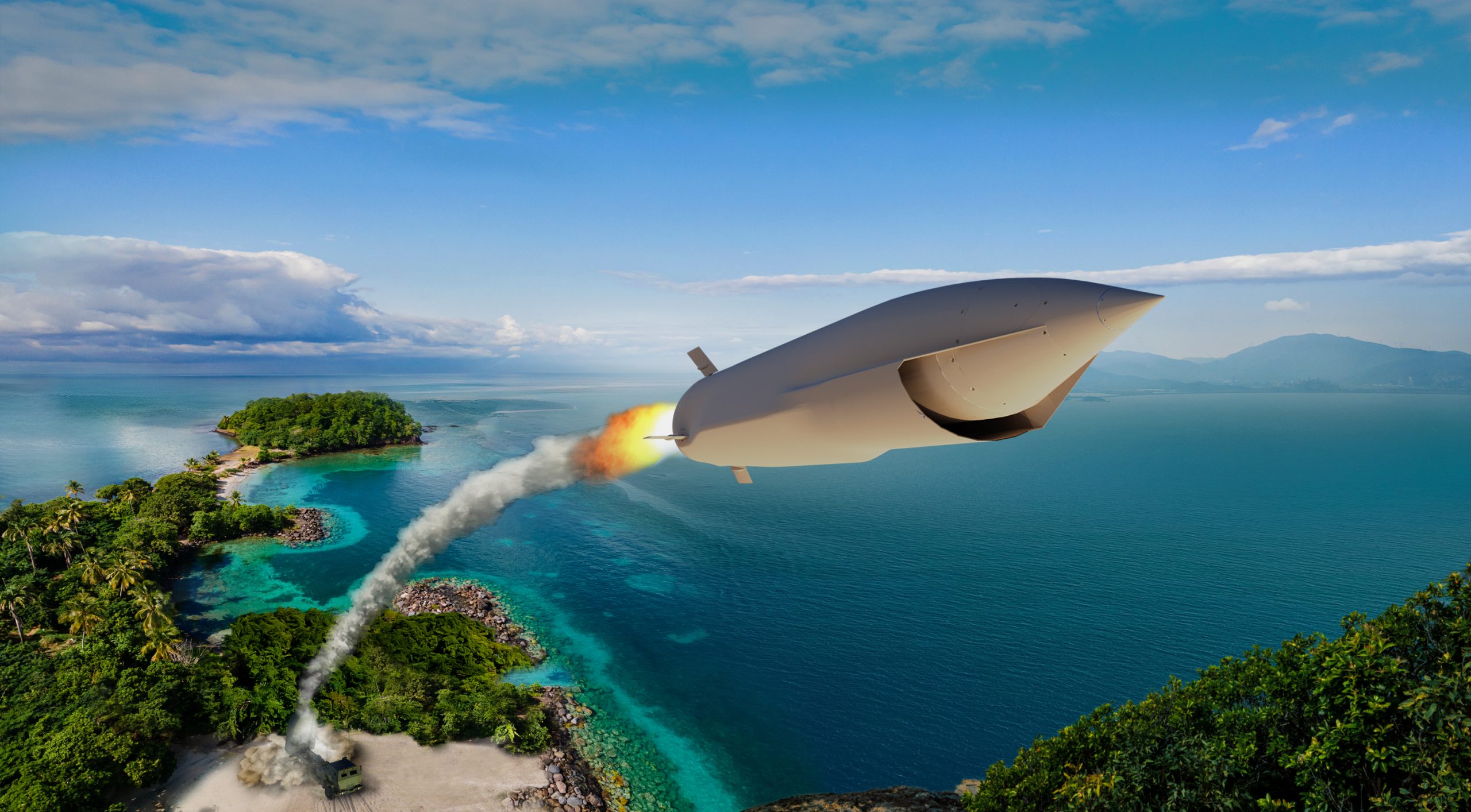Weapons contractor Aerojet Rocketdyne has partnered with Lockheed Martin to design an advanced propulsion solution for the new Long Range Maneuverable Fires (LRMF) missile which will include work done at their Huntsville defense headquarters.
Lockheed Martin won a contract with the U.S. Army in March to develop a fourth increment of the Precision Strike Missile (PrSM), a a surface-to surface missile fired from HIMARS and MLRS launchers. Due to its extended range, that version of the PrSM is known as the LRMF missile. According to the Aviation & Missile Technology Consortium, the contract is for $33.3 million.
Aerojet Rocketdyne will be tasked with developing an advanced propulsion solution. The LRMF is intended to significantly extends the range of the current-generation PrSM of 60 to 499 kilometers. The exact range of the fourth increment has not been determined, but the PrSM project is supposed to provide a range over 400 kilometers.
“Aerojet Rocketdyne propulsion has powered U.S. Army systems for decades, and we look forward to leveraging that experience and our talented workforce to develop next-generation missiles with significantly extended range,” Eileen P. Drake, Aerojet Rocketdyne CEO and president, said. “In addition to providing Soldiers the edge in offensive operations, this extended range missile will serve as a powerful deterrent, promising effective strike capabilities from long ranges.”
According to Brad Fiebig, director of Tactical Missiles Advanced Programs at Lockheed Martin, development of the LRMF missile will take four phases. Phase 1 will focus on design and risk-reduction activities. Following flight tests, Lockheed Martin will transition to working with the U.S. Army’s Strategic and Operational Rockets and Missiles (STORM) project office, headquartered at Redstone Arsenal near Huntsville to produce the new PrSM. LRMF development, including Aerojet Rocketdyne’s propulsion solutions, may continue as managed by the U.S. Army’s Aviation & Missile Center.
Aerojet Rocketdyne will work on the project at both their defense headquarters in Huntsville and their West Palm Beach location. The Huntsville location employs over 800 people.
After development, the PrSM will replace the existing Army Tactical Missile Systems ATACMS program, which was terminated in the 2021 defense spending bill authorized by Congress. The ATACMS began use in 1991 during Iraq War 1, and they were used extensively in ground operations during Iraq War 2.
Editor’s note: A previous version of this article inaccurately stated that Aerojet Rocketdyne will presumably end their involvement after the design phase. Aerojet Rocketdyne has not disclosed whether they will be involved after the transition to production.




















































